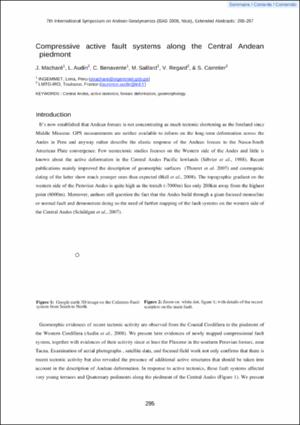Por favor, use este identificador para citar o enlazar este ítem:
https://hdl.handle.net/20.500.12544/3808Ficheros en este ítem:
| Fichero | Descripción | Tamaño | Formato | |
|---|---|---|---|---|
| Machare-Comprenssive_active_fault_systems.pdf | Artículo de congreso | 190.97 kB | Adobe PDF | Visualizar/Abrir |
Este ítem está sujeto a una licencia Creative Commons Licencia Creative Commons












